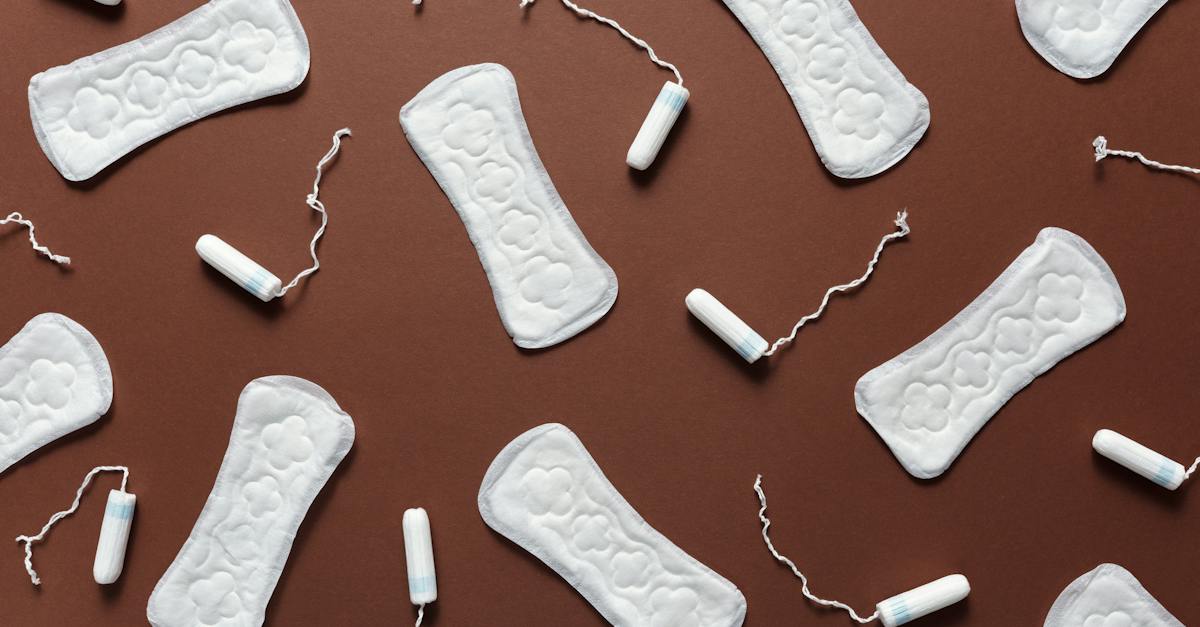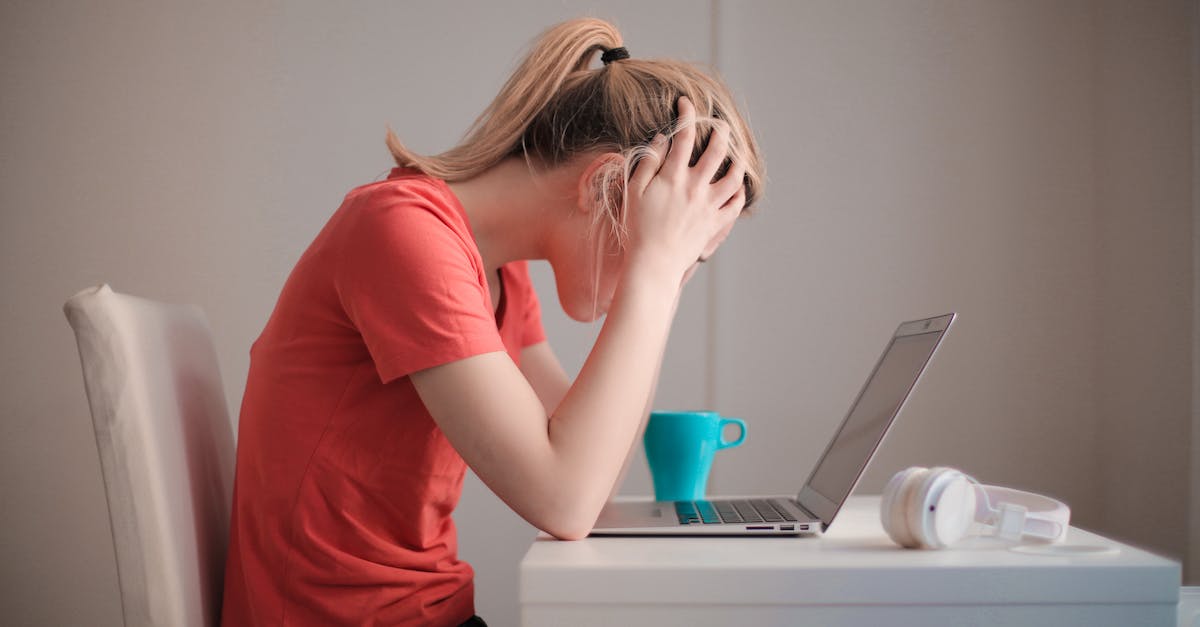Are you tired of dealing with painful cramps every month during your period? If so, you’re not alone. Many women search for ways to alleviate their discomfort, from warm baths to over-the-counter painkillers. But have you ever wondered if the type of menstrual product you use could make a difference? In this article, we’ll explore the age-old debate of pads versus tampons and their impact on cramps.
Are pads or tampons better for cramps?

When it comes to managing cramps during menstruation, the choice between pads and tampons is a common dilemma. Let’s look into the differences between the two options to help you make an informed decision.
1. Pads: Providing Comfort and “Free Flow”
Pads, the classic method for absorbing menstrual blood, have been around for a long time. They consist of cloth and plastic layers that adhere to your underwear. While some women may find them a bit bulky and reminiscent of diapers, pads offer a significant advantage—they allow your body to “free flow.”
Unlike tampons, which are inserted into the vagina, pads absorb the blood externally. This feature ensures that your body retains its natural flow, which can be beneficial for some individuals experiencing cramps. Pads do not interfere with the contractions in your uterus that cause cramps, allowing you to feel more comfortable during your period.
2. Tampons: Exploring Chemical Concerns
Tampons, on the other hand, are designed to be inserted into the vagina to absorb menstrual fluid. While they are a popular choice for many, some women have concerns about the potential impact of chemicals found in regular tampons.

It’s worth noting that around 85% of regular tampons contain dioxins and other chemicals that have been linked to severe cramps. While no conclusive studies directly associate tampons with worsening cramps, it is always better to prioritize your health and err on the side of caution. For women with endometriosis, using organic tampons has been reported to reduce symptoms, shorten periods, and alleviate cramps.
Tips for Relieving Cramps

1. Exercise and Stretching
Regular exercise can be beneficial in reducing menstrual pain. Engaging in physical activity helps release endorphins, which act as natural painkillers and improve mood. Aim for at least 30 minutes of aerobic exercise, such as walking, cycling, or swimming, a few times a week. If high-impact exercises are too intense during your period, consider gentler options like yoga or pilates that focus on stretching and relaxation.
Dynamic stretches can also help alleviate period cramps. Incorporate movements that target the lower abdomen and pelvic area, such as pelvic tilts, gentle twists, and hip openers. Remember to warm up before exercising and cool down afterward to prevent injury.
2. Heat Therapy
Applying heat to the lower abdomen can provide soothing relief from menstrual cramps. A heating pad, hot water bottle, or warm bath can help relax the muscles and reduce pain. Place the heat source directly on the affected area for about 15 to 20 minutes at a time. If using a heating pad, make sure to follow the manufacturer’s instructions and avoid falling asleep with it on.
3. Relaxation Techniques
Stress can exacerbate PMS symptoms, including menstrual cramps. Incorporating relaxation techniques into your routine can help manage stress and promote overall well-being. Consider practicing activities such as deep breathing exercises, meditation, or mindfulness. Find what works best for you, whether it’s taking a warm bath, listening to calming music, or lighting scented candles.
4. Dietary Changes
While there isn’t one specific diet that guarantees relief from cramps, making certain dietary changes may help alleviate symptoms for some individuals. Increasing your intake of certain nutrients, such as calcium, magnesium, and omega-3 fatty acids, may be beneficial. Foods rich in these nutrients include leafy green vegetables, salmon, nuts, and seeds.
Reducing your consumption of caffeine, alcohol, and processed foods may also help. These substances can contribute to inflammation and hormone imbalances, which can worsen cramps. Moreover, staying hydrated by drinking plenty of water throughout the day is important for maintaining overall health and may help alleviate some discomfort associated with menstruation.
Conclusion
When it comes to choosing between pads and tampons for managing cramps, it ultimately depends on what works best for you. The article has provided various tips for relieving menstrual cramps, including exercise, heat therapy, relaxation techniques, and dietary changes. These methods can help alleviate discomfort and promote overall well-being during your period.
FAQs
Are Pads or Tampons Better for Cramp Relief?
It varies from person to person. Some find comfort in pads, while others prefer tampons. Experiment with both to see what works best for you.
Can Your Choice of Menstrual Product Affect Cramp Severity?
Generally, no. Cramps are influenced by hormonal changes, but choosing a product that suits your comfort preferences may indirectly impact overall comfort.
Do Pads or Tampons Have Features to Ease Menstrual Cramps?
While not designed specifically for cramps, some tampons offer smoother insertion, and certain pads provide extra cushioning. Explore different options to find what suits your needs best.
I am a medical student with experience and interest in Women’s health and well-being.